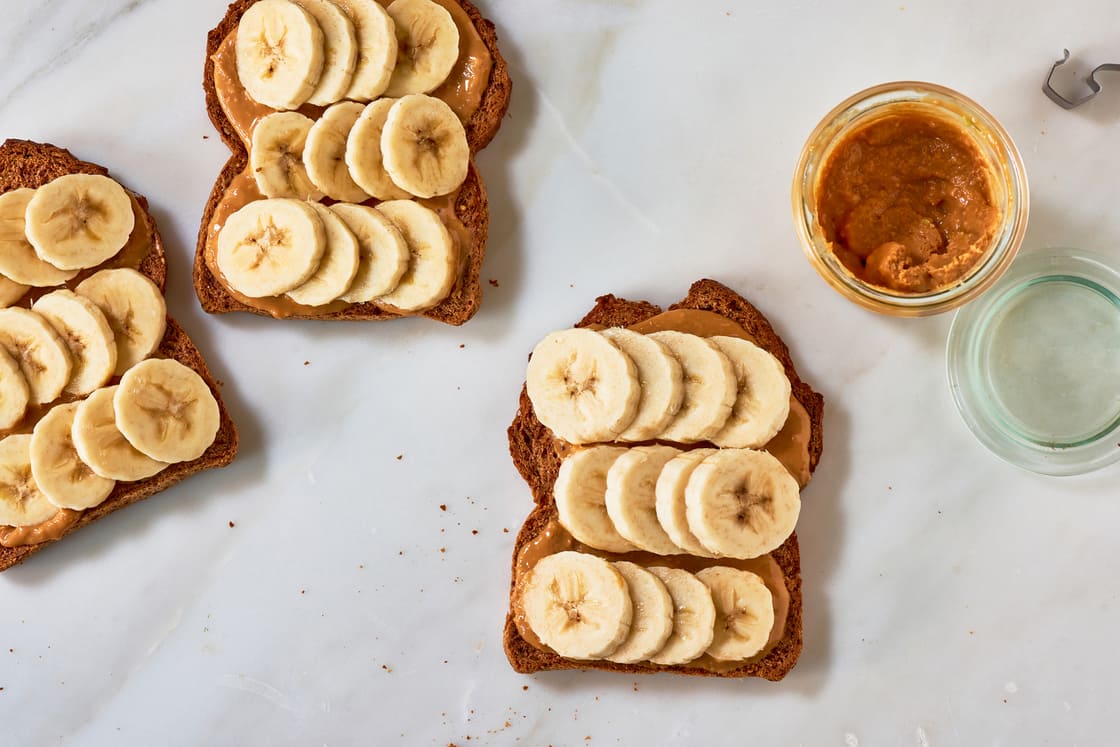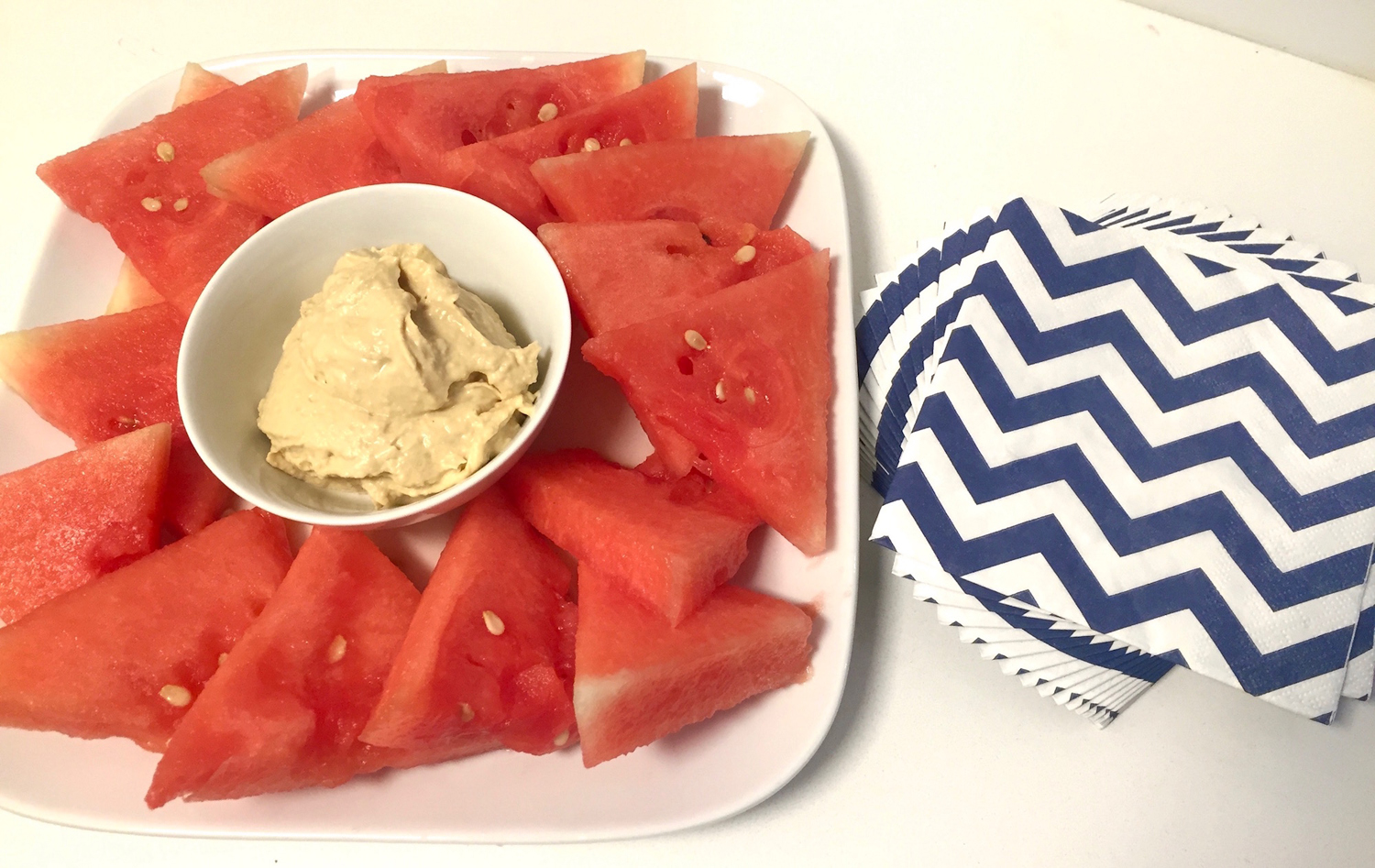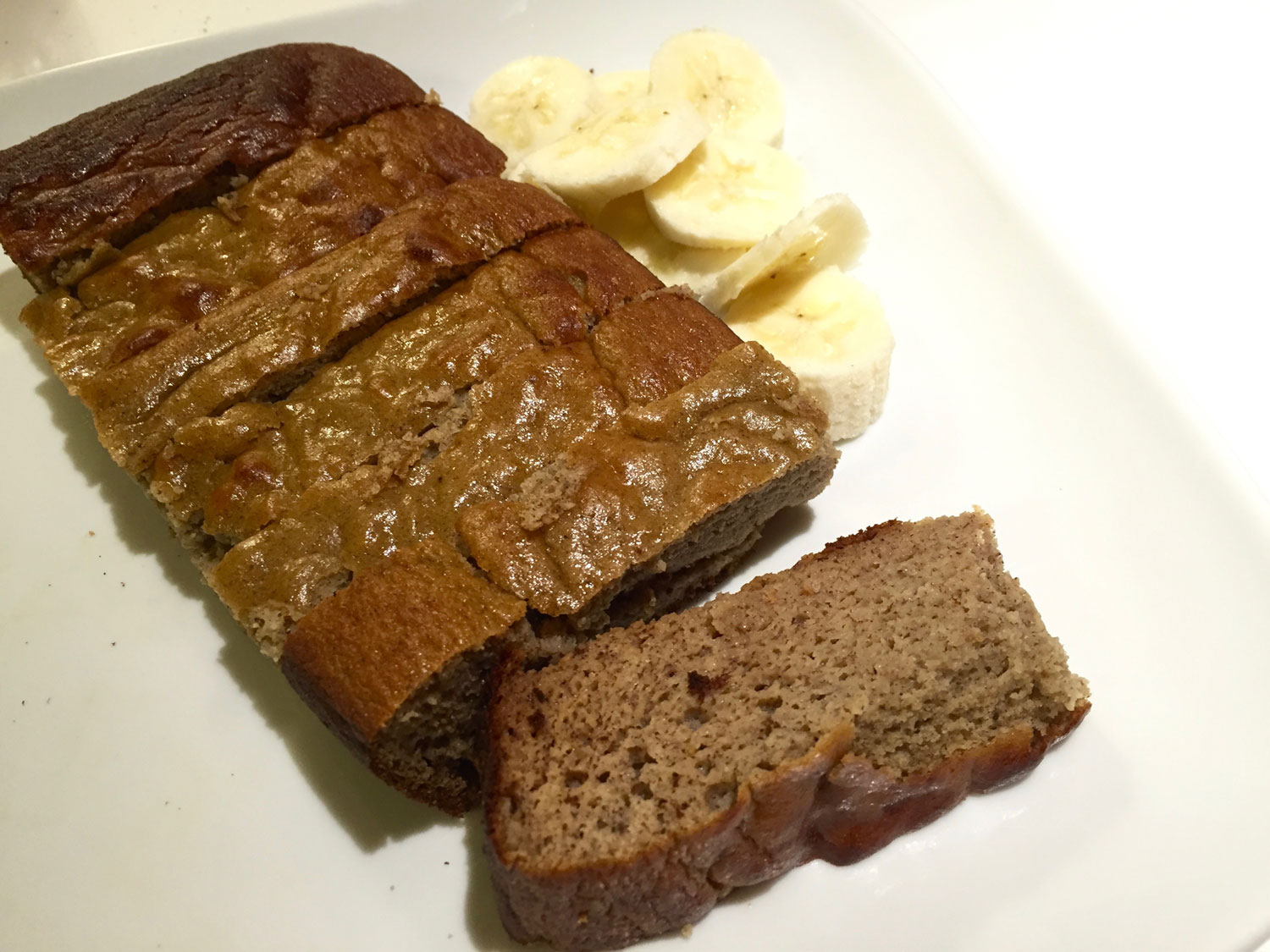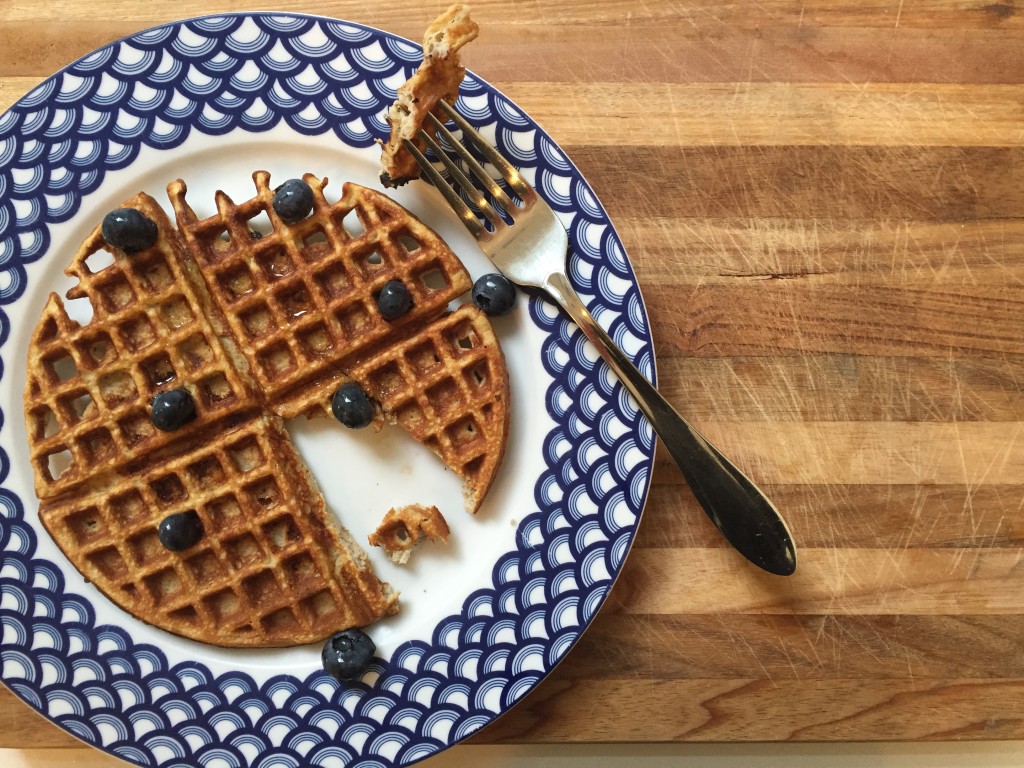
Is Peanut Butter Actually Bad For You?
Is peanut butter good for you? Is almond butter better?
I get these questions from my clients all the time, mostly because there’s a lot of different and conflicting information out there. For quite some time, peanuts have been tossed aside by many health and wellness enthusiasts and experts—partially, I think, because traditional peanut butter for decades has been laden with trans fats and added sugar (yep, that partially or fully hydrogenated oil on the label of your peanut butter—those are trans fats). However, there are other reasons that health experts and enthusiasts might suggest that you try almond butter over peanut butter, and there are also a few reasons that peanut butter may be your best choice, too. Here’s what you need to know:
1. Peanuts aren’t actually a nut.
Peanuts belong to the legume family and for many of my clients, legumes are a major issue for easy digestion (other members of the legume family include chickpeas, soybeans, lentils, and peas, to name a few). Because peanuts are a member of the legume family, many with bloating and gas issues from other legumes may also experience the same with peanuts and peanut products. For these people, almonds and other tree nuts (cashews, walnuts included) may be a better choice.
2. Peanuts can be a source of mold and other fungi.
Peanuts (and many other nuts in general) can be a host for mold and other fungi as well as bacteria. The worst type of mold that peanuts may carry, aflatoxin, is a carcinogen and can even be deadly in large quantities; the good news is the USDA does offer some regulation and controls for peanuts having more than 20 parts per million and inspects for obvious mold (though it’s not perfect, it does help). It seems that peanuts grown in warmer parts of the country may be more risky, and it also seems that dry roasting (without the shell) may help to somewhat reduce risk of bacteria and molds on the nuts. Though large companies that produce peanuts and peanut products seem to have the least toxicity (JIF, Skippy, etc.), there are negatives to these ones as well (primarily, the high trans-fat content and added sugars). Avoiding the DIY peanut butter station at the local grocery can help as often these machines are not cleaned and may be more of a source for aflatoxin and other similar ones. There can also be traces of other molds and fungi that can cause sensitivities, making peanuts cause an allergy-like response (even in people who aren’t technically allergic). Always buy organic, and store your nuts (even non-peanuts) in the fridge so no further mold forms.
 3. For some, peanut butter is much easier to tolerate than other nuts.
3. For some, peanut butter is much easier to tolerate than other nuts.
Many of my clients with tummy troubles, like gassiness and bloating, actually find that sometimes peanuts are easier to tolerate. If you’ve traditionally had trouble stomaching almond butter, you may want to try peanuts/peanut butter. But be mindful of volume—start small and, of course, buy organic.
4. Peanuts are a low FODMAP food.
Though almonds and other tree nuts are also low FODMAP in small quantities (less than 10), peanuts have a larger portion size on the FODMAP diet (a count of about 32), so can make for a better and more satisfying snack with better tolerance in some cases. The key, though, is watching your portioning. Less is always more!
The conclusion?
I like both peanuts and tree nuts (like almonds), in small quantities of course. I interchangeably use them in recipes and on my oatmeal and in smoothies personally. But no matter what nut or nut butter I buy, it’s always organic, and I always keep my nuts and nut butters in the fridge, too, to prevent the delicate fats from turning rancid—especially if I’m not going to be using them super quickly.
If you’re unsure which is better for you (and you know you don’t have anaphylaxis to any nuts), try small amounts (less than one tablespoon) of each and see which agrees with you better. Sometimes it’s about total volume consumed, but trying small amounts can help you identify which works better.








